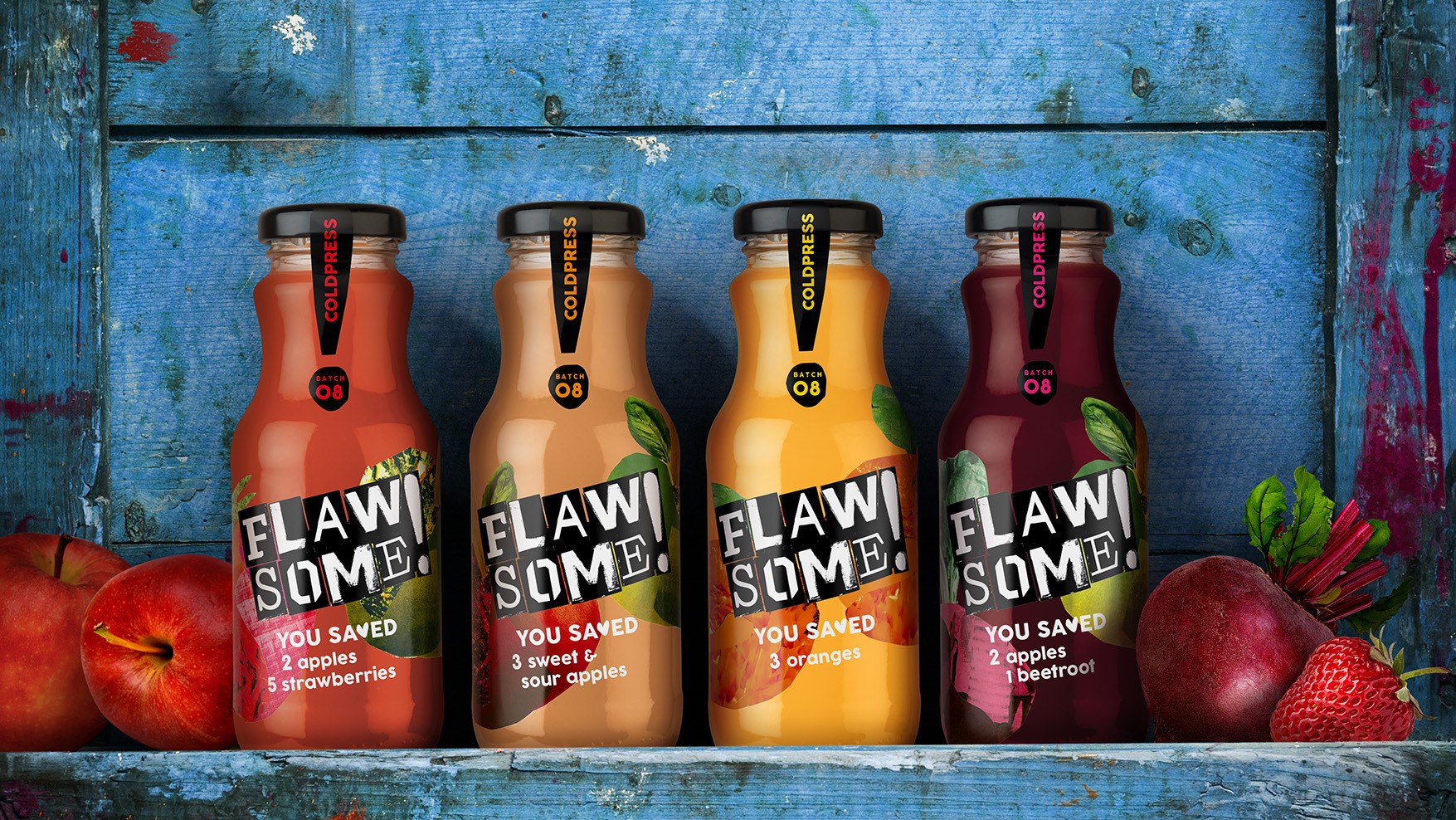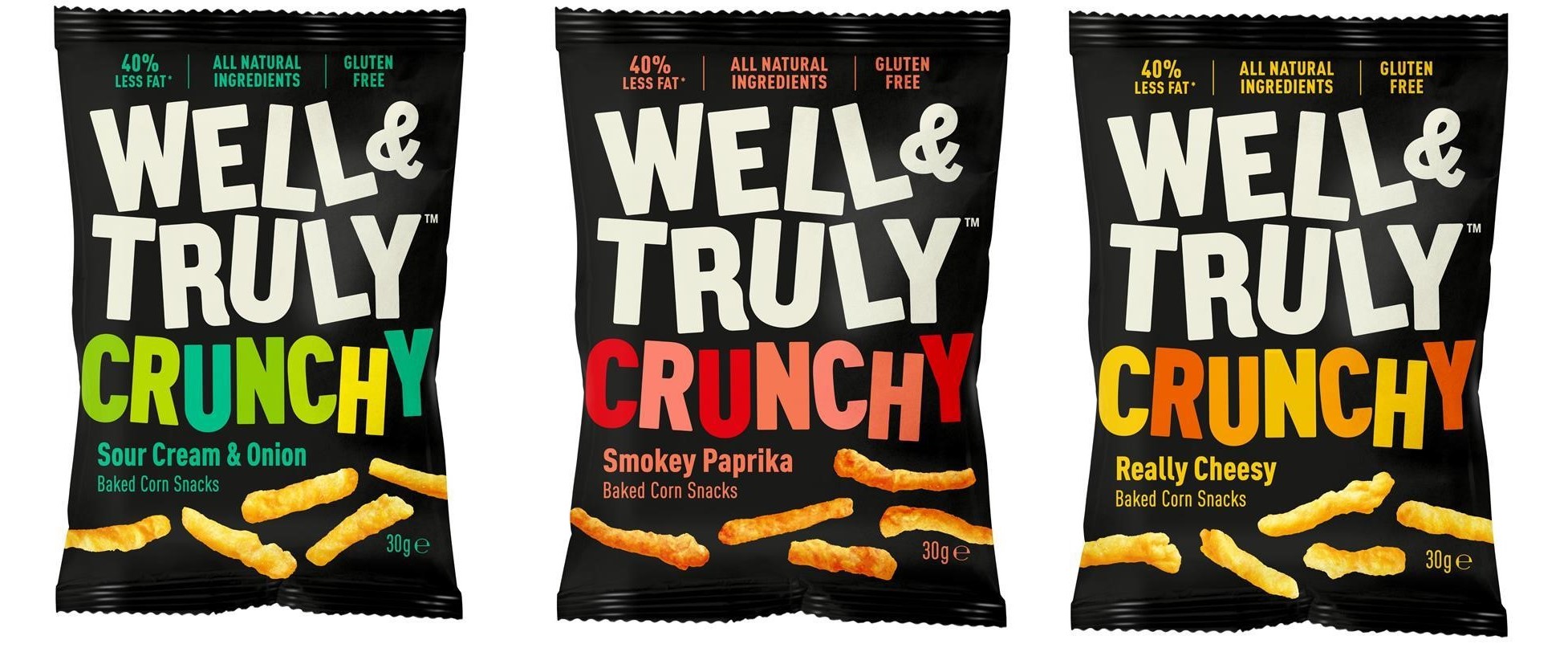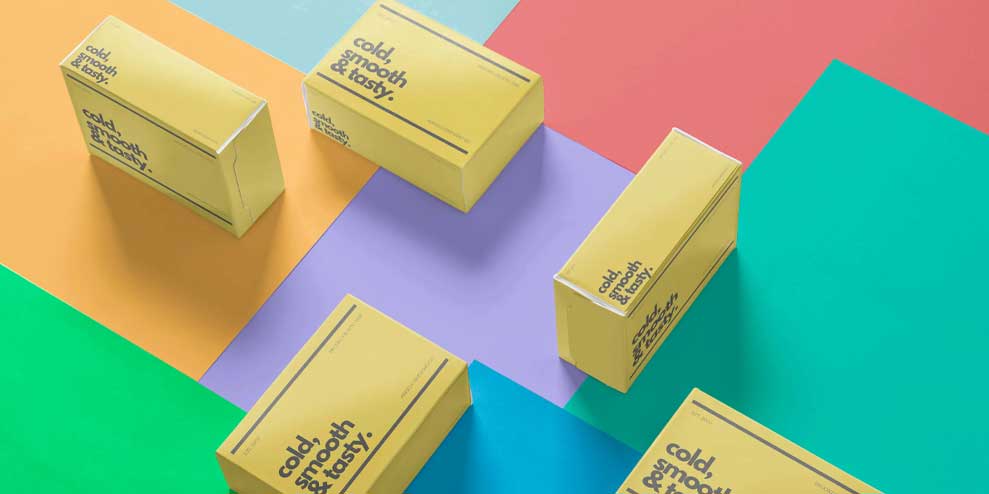FMCG packaging represents prime marketing real estate, one of the most effective weapons in the marketing arsenal. It can literally make the difference between a consumer adding a particular item to their shopping basket or moving on to choose a competitor’s product. No other point in the real world purchase journey has such a stark stop/go aspect to it. In this article we’ll be looking specifically at packaging copy, and share techniques that will enable you create copy that reduces stop and increases go.
Pack copy and brand success
Let’s begin by agreeing what a brand actually is and how brands relate to pack copy. That’s important because if we can’t define it, we’ll struggle to deliver it. For the purposes of this article we suggest a brand is ultimately a tool for differentiation, and that differentiation is the basis of consumer choice. Obviously price matters, but only one brand can be the cheapest – every other player in a particular space must find another way to stand out.
That’s where the differentiation delivered by pack copy comes in. It’s the brand’s last chance to project personality and highlight relevant difference in order to secure a sale. And unless a brand is deliberately trying to cultivate mystique (think Muji and its wilfully obscure kanji pack labelling) then pack copy is at the heart of this process. Good pack copy is about turning a necessity into a benefit.
Pack copy and brand messages
Pack copy doesn’t exist in a vacuum – instead it’s part of a continuity of brand messaging. Pack copy should form the tip of this messaging pyramid – the most distilled expression of ideas explored more fully elsewhere in the brand’s world.
An important aspect of this is finding a way to combine functional cues with emotional resonance, so that the pack copy appeals equally to the consumers’ head and heart. Tone of voice, sentence format, design and typography all play a part. For example, front of pack copy might include a few short, punchy bullet-type phrases summarising features and benefits, while back of pack might include a few sentences or even paragraphs that extol the product’s virtues in narrative form.
Recent examples and results
Flawsome! fruit juice

Changing its name from Get Wonky to Flawsome! (inspired by the idea of ‘flawed… but awesome’) and introducing pack copy lines like “Save the rejected”, “From wonky to wonderful” and “From denied to delicious” helped this brand significantly increase its relevance and distinctiveness in the market, doubling the brand’s followers on Twitter and massively increasing PR exposure. With no other changes to the brand’s activities or marketing other than the redesign, sales leapt 540% in the year following relaunch, against a targeted increase of 100%.
Well & Truly gluten free snacks

By reimagining Well & Truly as a tasty lifestyle brand rather than a straightforward healthy snack led to a 104% uplift in gross sales – double the target – with no advertising support. At the heart of this is a flexible pack copy headline that builds on the brand name: “Well & Truly Moreish”, Well & Truly Tasty”, Well & Truly Crunchy”, and so on. Adopting a copy-led pack design also made Well & Truly less female-focused, helping its owners win new male consumers and steal share from Walkers.
10 key techniques
What golden rules should guide the creation of great pack copy? No toolbox of techniques can cover everything, but the following should give you a solid start.
- Less is more. Pack copy is micro content, so create lead messages that work for micro attention spans. And at the risk of stating the obvious, make certain your pack copy describes what the product actually is or does.
- Keep it clear. Lead with a single strong key message and present supporting copy – assuming any is needed – in a way that doesn’t compromise this.
- Lists, not paragraphs. Keep important information in the most concise form possible. These don’t need to be full sentences and might be an opportunity for some creative brevity.
- Highlight any signature features – even if those features are something as straightforward as “Made with all natural ingredients”.
- Make it meme-y. For consumer items, three writing techniques really aid recall: pun, rhyme and alliteration.
- Consider humour. This won’t be appropriate for every category but where relevant, humour can be a potent persuader.
- Cross-sell to your other products. That way your pack copy keeps selling even when the sale is over.
- Establish origins. By this we mean some version of the classic “founder’s tale”. Creation myths of this sort go a long way to grounding a product provided they’re true.
- End with a call to action, even something as simple as “See our website for more great stuff.”
- Confound expectations. In the past, many beauty brands lent their products a technical veneer with pseudo-scientific language (the so-called “science part”). Recently some beauty brands – for example The Ordinary – have adopted a minimalistic approach to pack copy that projects appealing confidence.
This article first appeared in www.warc.com

